Search Results for Tag: renewable energy
Exploring the North – Not in my backyard
Let’s start with a quick survey: Are you in favor of fewer carbon emissions? Would you opt for renewable energy? Do you support the expansion of renewables? I guess we all agree on this, right? But what would you say to having a wind turbine placed right next to the flowers and trees in your garden? Would you be okay with the presence of a high voltage power line right over your roof? That’s where agreement normally ends. More renewables, yes – but not in my backyard.
That’s a major problem many countries promoting energy transition have to confront at some point. And that’s the case in Sweden as well. Swedes simply love their nature. Many parts of the sparsely-populated country are natural reserves and authorities usually rank their preservation higher than economic profit. This attitude is so pervasive that nobody even thinks of questioning it. The country – which meets 50 percent of its energy needs from nuclear power and the other half from hydro power – has great potential to increase its water power capacity. It’s even exporting the energy.
But at the same time, even energy companies like Vattenfall, already operating several water power plants, don’t attempt to build new ones as they know there is likely to be resistance to new plants that “would simply spoil the landscape.”
However, Europe’s largest on-site wind park is to be built in Sweden. By 2024, Swedish company Svewind plans to build 1,100 wind turbines which together are meant to meet 13 percent of Sweden’s energy demand. So far, 12 turbines are up and running. The ridge 60 kilometers away from Piteå has “the best wind conditions you could possibly have”, says Kenneth Bergquist who is responsible for setting up Svewind’s turbines. A large overhead power line is also located close by so that the energy produced can be further distributed. 24 additional turbines are planned on the site, permission has been granted for 340 in total. But the company has already run into trouble with its first few turbines though they are located in an area, where “very few people live”, says Bergquist.
But the ridge with its clump of turbines is located on the route that reindeer herds normally take. “We don’t know how the reindeers react”, says reindeer herder Patrick Lundgren. It might be that they hide in the forest and don’t dare to pass by or deviate from the usual routes, he says. “It took four to five years for the government and the company to understand our problem. But now we have found a solution. We don’t have to first prove that there is a problem anymore. We talk to each other and have to agree.” The reindeers now have a safe harbor apart from the ridge and the company has pledged financial support for additional food if needed. “May be in 10 years the animals get used to the turbines,” Lundgren says.
What do you think? Should people just get used to turbines and powerlines in their immediate surroundings and accept it as necessary if they want renewable energy? Would you leave your home and move to another place?
Exploring the North – rare earths crucial for renewable energy
Below the Scandinavian snow cover, there are even more resources (apart from ice) that make the North special. Mining is a big deal in this region, especially in Sweden. From copper, iron ore to gold, the country is rich in minerals and metals – in fact, it is the largest mining region in Europe. So it’s not that surprising to find some real precious treasures in the Swedish ground – rare earths. They are not only important for smartphone chips and laptop processors, but also play a crucial role in renewable energy technology and thus in energy transition, helping the world to emit less CO2.
These non-renewable resources for renewable energy technology have strange names – dysprosium can be found in magnets that are used to run generators in wind power stations. Ytterbium is used for tubes in reactor technology, neodymium is important for the engines of electro- and hybrid-cars. Terbium can in turn be found in semiconductors important for building solar cells.
They are all found in Norra Karr and Olserum, two (potential) mining sites in Sweden. They are owned by the Canadian mining company Tasmet, which has applied for permission to mine in Norra Karr and is exploring the site in Olserum. Both are the only (so far known) sites in the European Union, where rare earths can be found. So far, the largest producer is China – producing 97 percent of the world’s rare earths in 2009. These metals are used all around the world and demand is projected to rise from 130,000 tons per year in 2012 to 186,000 tons in 2015. One already senses where problems might arise.
At the end of 2010, China restricted export of rare earths for the first time, putting the EU’s energy strategy at risk. What’s more, car manufacturers such as General Motors or Toyota searched for (and claimed to nearly have found) alternatives to become more independant. But so far, there don’t not seem to be alternatives that are feasible on a large scale. Which is why, even small deposits are still lucrative to mine and researchers are keen on finding new ways of mining.
Now you might think this isn’t my problem but rather that of big manufacturers. Well, you are almost right. We all have small earth desposits in old computers, TV monitors and outdated mobile telephones stored in our cellars and attics. Aware of possible shortages of the metals, the electronics industry is aiming to develop feasible recycling methods for rare earths that are still not in place.
So, if some day we do have these proper recycling methods in place, keep your attic-treasures in mind…they just might contribute to something big:
Tackling power cuts with renewables in Lebanon
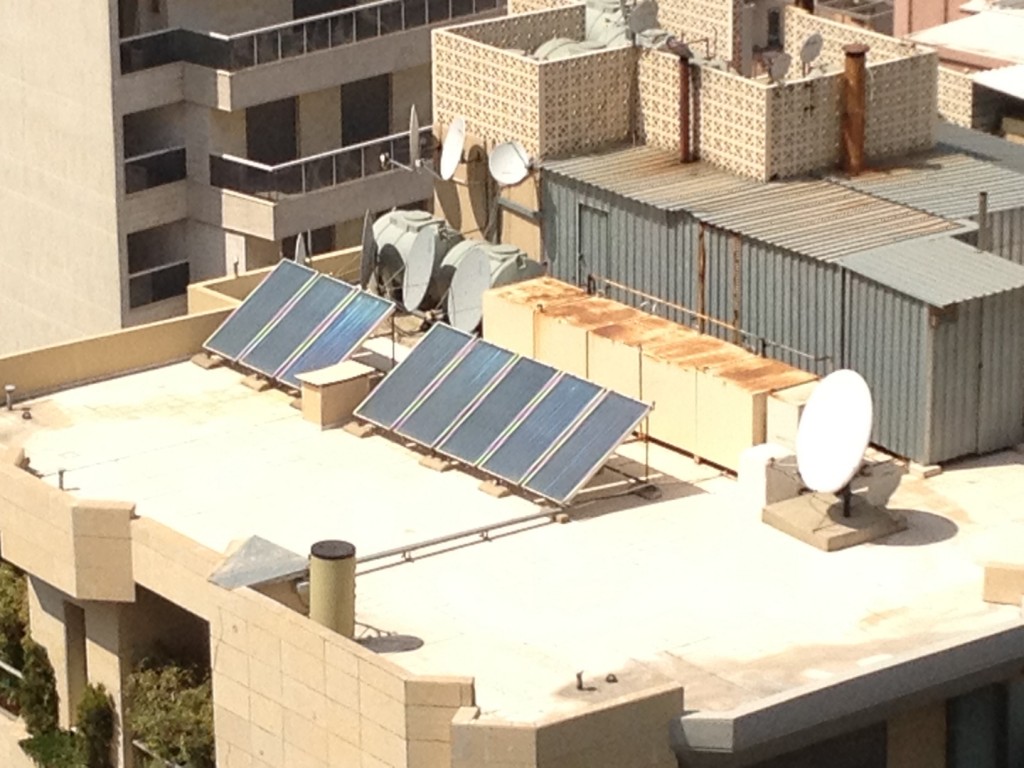 Our reporter Dan Hirschfeld, who is filming in Lebanon, came upon an unusual sight on Tuesday – quiet streets in the usually bustling capital Beirut.
Our reporter Dan Hirschfeld, who is filming in Lebanon, came upon an unusual sight on Tuesday – quiet streets in the usually bustling capital Beirut.
The country is going through political change with newly appointed Lebanese Prime Minister, Tammam Salam, opening talks to cobble together a government. Salam, a former culture minister, has vowed to work toward ending divisions in the nation and preventing the civil war in neighboring Syria from spilling over into his country.
But Lebanon is struggling with infrastructure challenges too, especially daily power shortages. Many people rely on polluting diesel-powered generators for electricity. That’s the focus of Dan Hirschfeld’s upcoming feature for Global Ideas. He’ll be looking at a planned smart electricity grid which is meant to store renewable energy from the sun and wind and curb power breakdowns in the country. Germany is helping train Lebanese engineers to operate the smart grid.
Eco-city in the desert – role model or image coup?
The world’s largest oil producer, the Arabic Emirate Abu Dhabi, is building an eco-city right into the desert: zero CO2-emission, energy only from renewables, electric cars moving in tunnels below surface.
Well-known architect Norman Foster is responsible for designing the one squaremile large green square. First complexes are already finished, the whole project should be finished in 2025. 40.000 people shall live there, working in the city with addional 50.000 commuters traveling to Masdar. The city is meant to become the epitome of renewable energy and sustainability – such as Silicon Valley is for computer and internet technology. To realize these visions the emirate of Abu Dhabi invests the stunning amount of $22 billion.
But there are more and more experts doubting over sustainability of Masdar City: some say, it would be more effective to spend the money in isolating the local Beduins’ houses for example.
What is you opinion on such model projects? A good idea to test researcher’s ideas in reality or a waste of money, that would have made more effort elsewhere?
Barack Obama on Climate Change

Barack Obama (Photo: CC BY 2.0: Pete Souza/Ethan Bloch/flickr.com: http://bit.ly/WFXYGs)
You might know the situation when politicians are talking and you are just wondering, whether the “facts” they name are actually true and how they fit into a larger context? That’s how we felt, when we read the statements of US presidential candidates during the pre-election period concerning climate change. It’s custom that candiates are asked 14 questions from American scientific community and one of those questions always addresses climate change (which wasn’t really subject to election campaigns). This year the question for re-elected President Barack Obama and his rival Mitt Romney was the following:
The Earth’s climate is changing and there is concern about the potentially adverse effects of these changes on life on the planet. What is your position on cap-and-trade, carbon taxes, and other policies proposed to address global climate change—and what steps can we take to improve our ability to tackle challenges like climate change that cross national boundaries?
As the US are economically and environmentally quite powerful country, it really matters what the future president’s standing is. So we grabbed three statements of each candidate and had a look what’s behind it.
![]() read more
read more



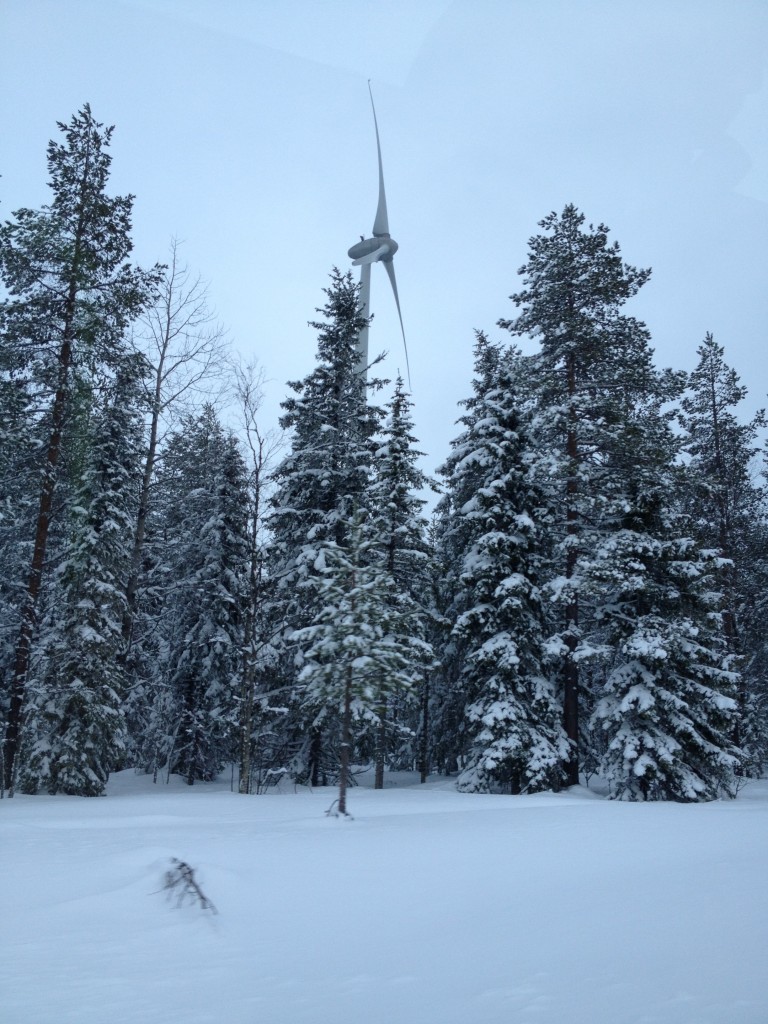

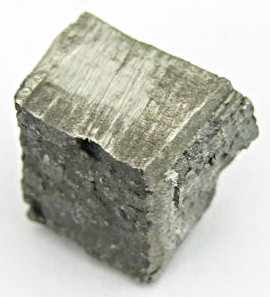
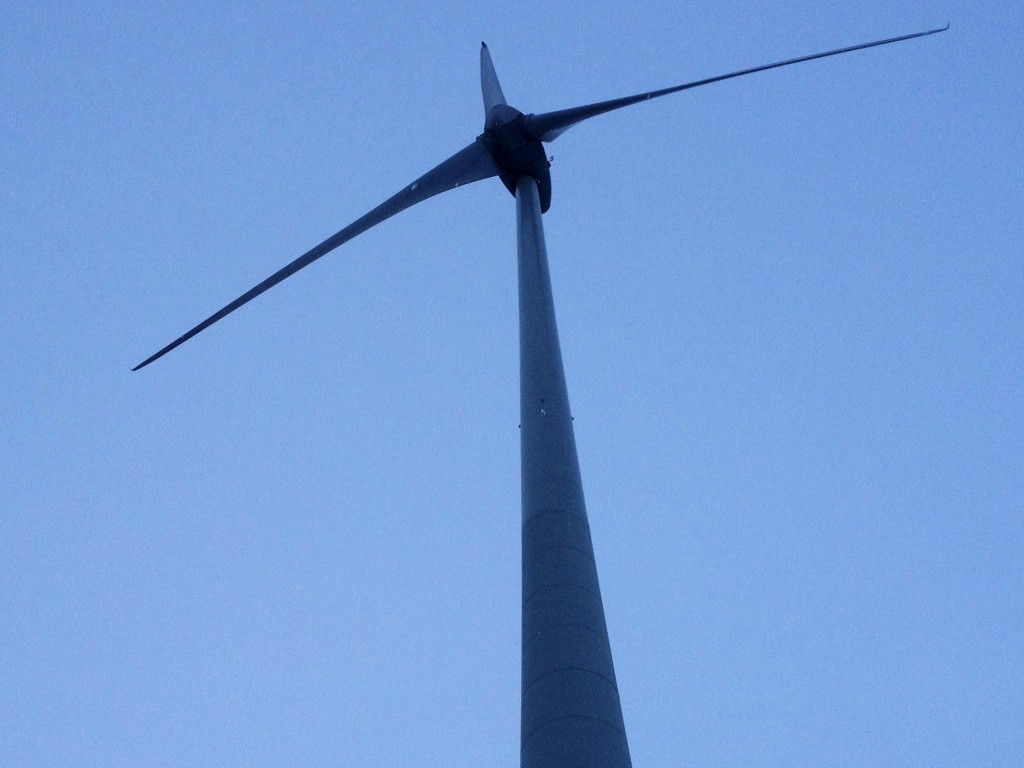
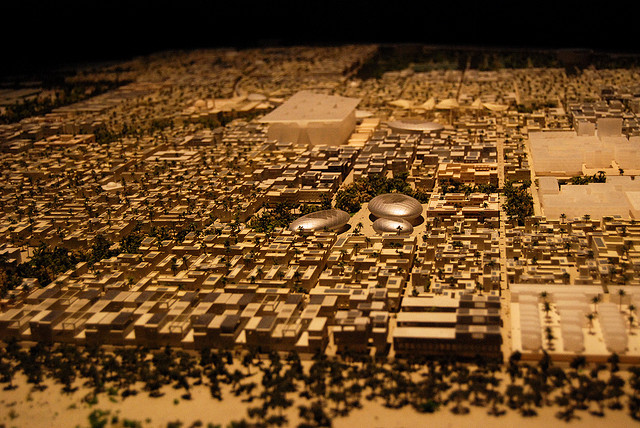
Feedback